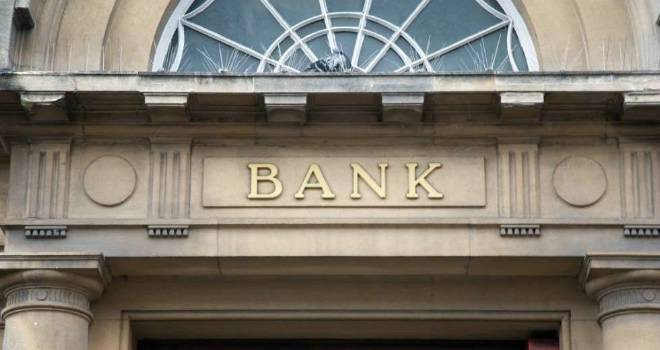
"There is evidence that some risks have begun to crystallise. The current outlook for UK financial stability is challenging."
In March, the Bank announced plans to raise the capital buffer to 0.5%. The reversal of this decision will cut capital buffers by £5.7 billion, raising banks’ capacity for lending to UK households and businesses by up to £150 billion, according to the FPC.
In the Bank of England's Financial Stability Report, published today, the FPC said it expects to maintain a 0% UK countercyclical capital buffer rate until at least June 2017.
The report said that "there is evidence that some risks have begun to crystallise" following the outcome of the Referendum, adding that the "current outlook for UK financial stability is challenging".
The report explained: "Between 23 June and 1 July, the sterling exchange rate index fell by 9% and short-term volatility of sterling against the dollar rose to its highest level in the post-Bretton Woods era. Equity prices of UK banks have fallen on average by 20%, with UK-focused banks experiencing the largest falls. Equity prices of domestically focused companies have fallen by 10%. The ten-year UK government bond yield fell by 52 basis points."
Around the Referendum, Mark Carney said that the Bank will consider "a host of other measures and policies to promote monetary and financial stability".
Last week, Carney said that "the economic outlook has deteriorated and some monetary policy easing will likely be required over the summer".
He confirmed that the Bank of England will continue to offer Indexed Long-Term Repo operations on a weekly basis until end-September 2016 to provide additional flexibility in the Bank’s provision of liquidity insurance over the coming months.





